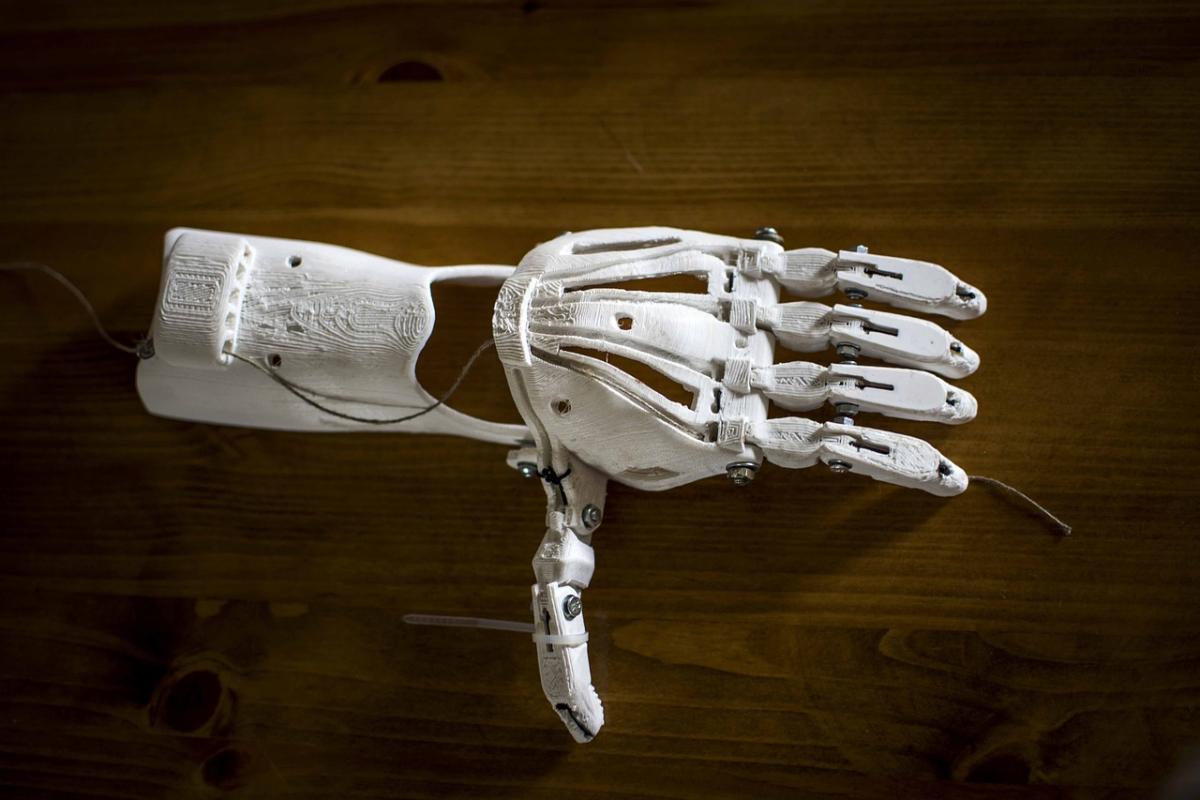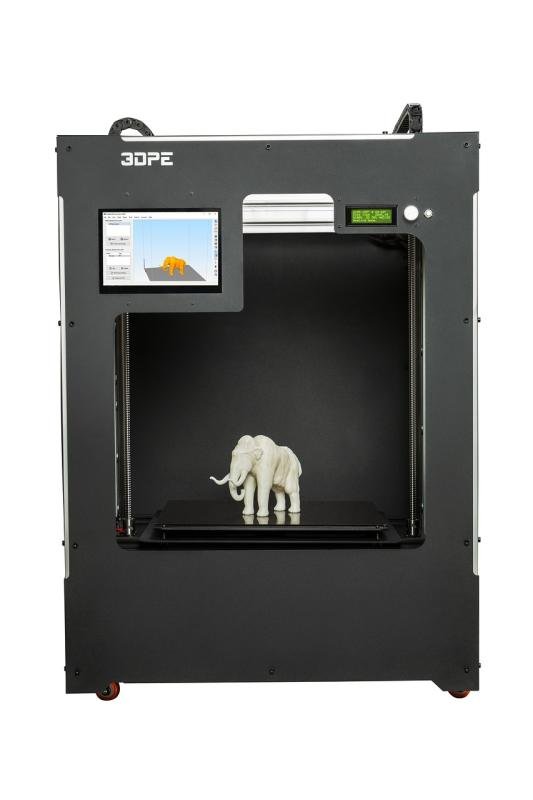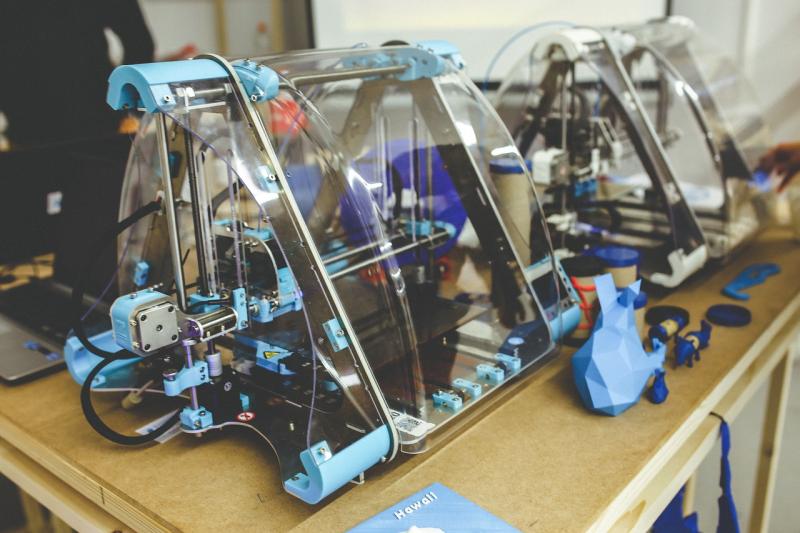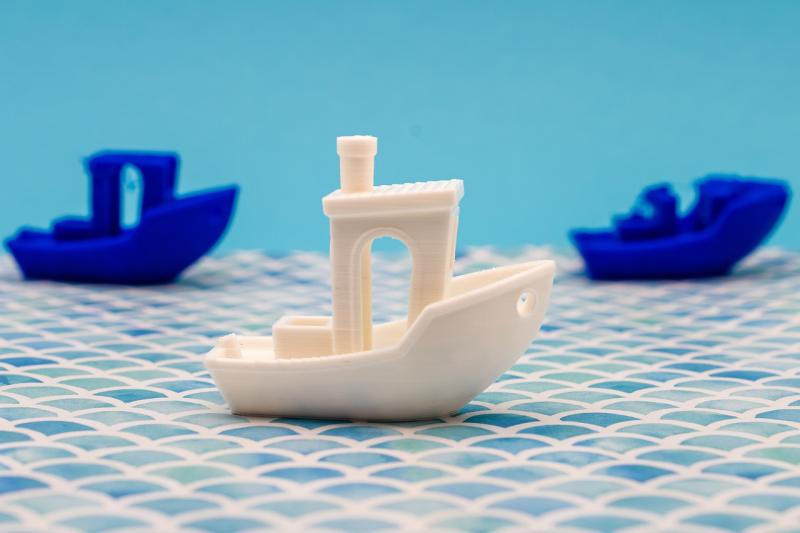The realm of 3D printing continues to astound us with its endless possibilities, captivating the imaginations of designers, engineers, and artists alike. From its humble beginnings as a prototyping technology, 3D printing has expanded into a revolutionary tool for unleashing creativity and pushing the boundaries of what is possible. Let's delve into some of the most innovative applications of this groundbreaking technology.
In the world of fashion, 3D printing has given rise to truly out-of-this-world designs that challenge conventional ideas about clothing. With the ability to create intricate, customizable designs, fashion designers are embracing 3D printing to craft garments and accessories that were previously unattainable. These futuristic creations, made possible by the layer-by-layer printing process, have redefined the relationship between fashion and technology, allowing for a new level of expression and artistry.
Healthcare is another field that has witnessed remarkable advancements through 3D printing. This technology has revolutionized the creation of prosthetic limbs, making them more customizable, affordable, and accessible than ever before. By utilizing 3D scanning and printing techniques, doctors and engineers can create prosthetics tailored to the unique needs and measurements of each patient, restoring mobility and transforming lives. Beyond prosthetics, 3D printing has also found applications in creating patient-specific surgical models, enabling surgeons to better plan procedures and enhance surgical outcomes.
Transforming Industries: The Impact of 3D Printing Technology
3D printing technology has emerged as a groundbreaking innovation that is revolutionizing various industries across the globe. This cutting-edge technology enables the creation of three-dimensional objects by stacking layers of material on top of each other, based on a digital design. The possibilities offered by 3D printing are truly endless, with the potential to disrupt traditional manufacturing processes, improve efficiency, and accelerate innovation.
In the manufacturing industry, 3D printing is transforming the way products are designed and produced. It allows for rapid prototyping, which significantly reduces development time and costs. Engineers and designers can now easily bring their concepts to life by quickly creating physical prototypes. This enables more efficient testing and iteration, ultimately leading to better final products. Additionally, 3D printing allows for complex geometries and intricate designs that are not achievable using traditional manufacturing methods, opening up new avenues for creativity and product differentiation.
The healthcare sector is another industry that has been greatly impacted by 3D printing technology. Medical professionals are now able to produce patient-specific anatomical models, surgical tools, and implants. This has revolutionized the way surgeries and medical procedures are planned, resulting in improved patient outcomes. Furthermore, 3D printing has the potential to revolutionize the world of pharmaceuticals by enabling personalized medicine, customizing drug dosage and formulation according to an individual's unique needs.
From Prototyping to Production: The Evolution of 3D Printing
3D printing technology has come a long way since its inception, evolving from a mere prototyping tool to a versatile production method. Early 3D printers were limited in terms of materials and capabilities, mainly used to create basic plastic prototypes. However, as the technology advanced, so did its possibilities.
One of the major breakthroughs in 3D printing was the introduction of new materials that expanded its applications. Today, it is possible to print objects using a wide range of materials such as metals, ceramics, and even biological materials. This has opened up endless possibilities in various industries, from aerospace and automotive to healthcare and fashion.
Not only has the variety of printable materials expanded, but the accuracy and resolution of 3D printers have also greatly improved. Newer printers are capable of creating objects with intricate details and finer precision, pushing the boundaries of what was previously achievable. As a result, designers and engineers can now manufacture complex, customizable products with ease.
The evolution of 3D printing has also paved the way for mass production using this technology. With the advent of large-scale 3D printers, it is now possible to produce objects in higher quantities, reducing the need for traditional manufacturing methods. This not only makes the production process more efficient but also enables on-demand manufacturing, reducing wastage and inventory costs.
A World of Potential: The Future of 3D Printing
3D printing has revolutionized the world of manufacturing and is poised to impact nearly every industry, from healthcare to fashion, aerospace to education. The technology has come a long way since its inception in the 1980s, and now holds the potential to transform the way we live and work. With its ability to create complex three-dimensional objects layer by layer, 3D printing opens up endless possibilities for innovation and customization.
One of the most exciting aspects of 3D printing is its application in healthcare. The ability to print organs, prosthetics, and medical devices has already begun to transform patient care. Organ transplantation is a notoriously challenging field due to limited donor availability, but 3D printing offers a solution. Scientists are actively working on printing functional organs, such as livers and kidneys, using a patient's own cells. This breakthrough could eliminate organ rejection and drastically reduce waiting times for transplants.
The potential for customization is another incredible aspect of 3D printing. In industries like fashion and design, this technology allows for the creation of bespoke and personalized products. With just a click of a button, consumers can order custom-fit clothing, shoes, and accessories tailored to their exact measurements and preferences. This individualization not only enhances customer satisfaction but also leads to a more sustainable fashion industry by reducing waste from mass production.
Beyond healthcare and fashion, 3D printing is advancing manufacturing in the aerospace and automotive sectors. The ability to create intricate, lightweight components with complex geometries has the potential to revolutionize the way aircraft and cars are built. Manufacturers can reduce weight and improve fuel efficiency, leading to a greener, more sustainable transportation industry. Additionally, 3D printing allows for rapid prototyping and iteration, significantly reducing the time and cost needed to bring new products to market.



